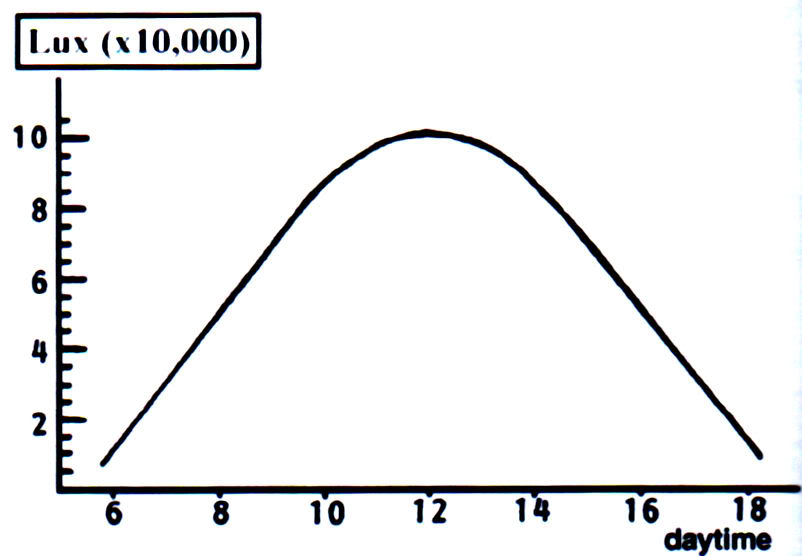Can someone chime in and give a good strategy for reading close to accurate par under leds?
I have heard how blues need to be compensated by 20 percent from what is read, but if you have a mix of white and blue the par meter should read fairly accurately.
I run an arctic model from ocean revive. Really well built light and I enjoy it a lot, but I notice my Zoas have more trouble acclimating to the leds than anything else, sps and lps alike.
Thanks for suggestions!
Sent from my SAMSUNG-SGH-I317 using Tapatalk 4
I have heard how blues need to be compensated by 20 percent from what is read, but if you have a mix of white and blue the par meter should read fairly accurately.
I run an arctic model from ocean revive. Really well built light and I enjoy it a lot, but I notice my Zoas have more trouble acclimating to the leds than anything else, sps and lps alike.
Thanks for suggestions!
Sent from my SAMSUNG-SGH-I317 using Tapatalk 4



















